
Kudos has partnered with CardRatings and Red Ventures for our coverage of credit card products. Kudos, CardRatings, and Red Ventures may receive a commission from card issuers. Kudos may receive commission from card issuers. Some of the card offers that appear on Kudos are from advertisers and may impact how and where card products appear on the site. Kudos tries to include as many card companies and offers as we are aware of, including offers from issuers that don't pay us, but we may not cover all card companies or all available card offers. You don't have to use our links, but we're grateful when you do!
Disability Insurance for Self-Employed Individuals: How to Protect Your Income
July 1, 2025


Being your own boss has a lot of perks – freedom, flexibility, and control over your work. But one downside for freelancers, independent contractors, and small business owners is the lack of employer benefits. If you’re self-employed, you don’t have a company providing you disability insurance.
Yet, the risk of losing income due to illness or injury is very real for you too. In fact, if you’re a solo operator, a serious health issue could completely shut down your income stream. That’s where disability insurance comes in. This guide explains why disability coverage is crucial for self-employed people and how you can secure the right protection for your income even without a traditional employer.
Why Self-Employed Folks Need Disability Insurance
Imagine for a moment: you run your own business or freelance gig. If you’re suddenly unable to work – say you’re in a car accident or you develop a severe illness – what happens to your earnings? Unlike someone at a company, you likely don’t have sick leave or short-term disability pay to fall back on. Your business income could drop to zero while you recover.
Unfortunately, disabilities can happen to anyone: statistics show roughly 1 in 4 workers will face a disability lasting 3+ months at some point before retirement, and self-employed individuals are no exception.
Key reasons why you should consider disability insurance if you’re self-employed:
No employer safety net:
Traditional employees might have group disability coverage or other benefits. As an independent worker, it’s all on you. If you don’t work, you typically don’t earn. Disability insurance acts as your own benefit plan, providing an income when you can’t personally generate one.
Maintaining your lifestyle and obligations:
You still have to pay rent or mortgage, utilities, maybe business expenses, and feed your family – even if you’re not working. Personal savings can vanish quickly if you have no money coming in. A disability policy will pay you a portion of your income so you can keep up with bills and avoid debt.
Protecting your business:
If you run a small business, a disability could harm the business itself (clients left hanging, projects delayed). Some policies offer options like a business overhead expense rider which specifically helps cover business expenses (office rent, employee salaries, etc.) while you’re out. This can be a lifesaver to keep your business afloat until you return.
High income = high stakes:
Many self-employed professionals (consultants, contractors) might earn high incomes. The more you earn, the more you stand to lose each month you can’t work. Disability insurance is particularly important if your income supports others (spouse, kids) or if you’ve built a lifestyle around that income. Even if you have an emergency fund, it likely covers a few months – but what if you’re out for a year or longer?
You likely pay into Social Security, but SSDI is not enough:
If you’re self-employed, you pay self-employment tax, which includes Social Security. So you could be eligible for Social Security Disability Insurance (SSDI) in a worst-case scenario. However, SSDI has strict requirements (you generally must be unable to perform any work, not just your own job) and a lengthy application process.
And even if approved, the benefit might be quite small (often around ~$1,200-$1,700 a month on average). Could you live on that? Probably not comfortably. Private disability insurance can fill the gap, providing a larger benefit that aligns with your actual earnings.
Short-Term vs Long-Term Disability for the Self-Employed
As a self-employed person, you can potentially get both short-term and long-term disability insurance, but long-term disability insurance is usually the focus for independent workers:
Short-Term Disability (STD):
There typically isn’t an employer to provide this, and states won’t cover you unless you’ve paid into their programs. A few states (CA, NY, NJ, RI, HI) have state disability insurance programs that cover most employed workers – but if you’re purely independent, you might not be paying into those (unless you’ve set yourself up in a way to contribute).
It is sometimes possible for self-employed individuals to opt into a state disability program (for example, California allows self-employed to elect State Disability Insurance coverage by paying premiums themselves). But many self-employed folks do not opt in or are unaware. Purchasing a private short-term policy is an option, but, as discussed, can be expensive and often not cost-effective.
Instead, many self-employed people rely on savings or an emergency fund for short-term needs. You might also structure your finances to have a cash cushion or access to a line of credit to weather a few months if you’re unable to work.
Long-Term Disability (LTD):
This is crucial. A long-term disability policy can replace a significant portion of your income if you’re out of work for an extended period. As a self-employed individual, an LTD policy is often the only thing standing between you and a financial catastrophe if you can’t work for a long time.
You’ll want to look for an individual long-term disability insurance policy tailored for self-employed or business owners. The good news is many insurers are happy to offer these – though underwriting can be a bit more involved since your income might fluctuate or be proven via tax returns.
If you’re self-employed, strongly consider at least a long-term disability insurance policy. And if short-term coverage is a concern, build that into your emergency planning or explore state programs or riders (some long-term policies offer a short-term rider).
How to Get Disability Insurance When You’re Self-Employed
Getting disability insurance on your own will require a bit of legwork, but it’s definitely doable. Here’s a step-by-step approach:
1. Assess your income and needs
First, determine how much of your income you need to protect. Look at your monthly expenses and obligations. A common target is to cover about 60% of your income, which in many cases would allow you to meet needs (especially since you won’t be paying taxes on the benefit if you buy it with after-tax money). Some high-earning self-employed folks might choose a lower percentage if the max coverage is too pricey, but aim for as much coverage as you reasonably can afford.
2. Document your income
Be prepared to show proof of income. Unlike a salaried employee who can show a W-2, you might need to provide tax returns, 1099s, or financial statements to prove your earnings to the insurer. Insurers will often take an average of your last 1-3 years of income. If your income fluctuates, coverage might be based on a conservative average. If you’re a new freelancer without a long income history, it could be trickier to get high coverage until you have stable records.
3. Work with an insurance broker or agent
Since you don’t have an employer benefit, you’ll likely purchase through a broker or directly from an insurance company. Policygenius, Breeze, Guardian, Northwestern Mutual, Mutual of Omaha, Principal, MassMutual, The Standard – these are some carriers/marketplaces you might explore, as they all have disability insurance offerings. A broker who understands self-employed needs can shop multiple companies for you. They’ll know which insurers are more flexible with varying incomes or specific occupations.
4. Choose an “own occupation” policy
It’s often recommended for self-employed professionals to get an own-occupation definition of disability. This means the policy will pay out if you cannot perform the duties of your own occupation (the exact work you were doing). This is especially important if you have a specialized job. For instance, if you’re a freelance photographer and you severely injure your hand, you might not be able to do photography. Under an own-occ policy, you’d get benefits even if you could technically do some other type of work outside photography. This protects you if you can’t do the specific self-employed job you built. Many high-quality disability policies offer this (sometimes called “true own-occ”) at least for a set period.
5. Consider business expense needs
If you have a business with overhead (e.g., you rent office space, or have employees or equipment leases), ask about a Business Overhead Expense (BOE) policy. This is a type of disability insurance that specifically covers business expenses if you (the owner) are disabled. It usually has a shorter benefit period (perhaps up to 1-2 years) and is meant to keep the lights on at your business while you recover. It’s separate from a personal disability policy that replaces your own income. Some insurers bundle BOE coverage or offer it as an add-on.
6. Apply and go through underwriting
When you apply, you’ll fill out forms about your health history and maybe do a medical exam (typically a nurse visit for blood/urine). Underwriting for self-employed can also involve verifying your financials. Be honest and thorough. It might take a few weeks to get approved. You might get a policy offer with certain exclusions if you have pre-existing conditions (e.g., maybe an old knee injury is excluded – meaning the policy won’t pay for disabilities related to that knee). You can decide if it’s acceptable or shop another insurer.
7. Budget for the premiums
As discussed in the previous article, plan on the cost being roughly 1-3% of the income you’re protecting. Many insurers offer discounts if you pay annually vs. monthly. You can weigh that. Also, premiums for an individual policy are typically fixed; once you have it, they don’t go up just because you age or your health changes (as long as it’s a non-cancellable, guaranteed renewable policy – which most good ones are). This means if you lock it in now, you’ll pay the same price later on, which helps with planning.
Tips for Self-Employed Individuals Shopping for Coverage
Know your occupation class:
Insurers categorize different self-employed professions into classes (which affect rates). For example, a self-employed management consultant might be low risk (desk work, high stability), whereas a self-employed roofer is high risk (physical work, high injury risk). Know that some insurers might be more favorable to your profession than others. An independent insurance agent can help place you with the right carrier.
Don’t under-report income on taxes if shopping for insurance:
A common self-employed practice is to minimize taxable income through deductions. But remember, when you apply for disability insurance, the insurer looks at your net income (usually). If you wrote off a ton of expenses and show only $20k net on taxes, that’s what they’ll insure, even if your gross was $60k. This is a tricky balance – you want tax advantages, but it can limit how much insurance you can get.
Consider stacking policies:
If you have trouble getting the amount of coverage you want from one insurer (they all have max limits based on income), you could potentially get a second policy from another to supplement. This is more common for very high earners who max out one plan and need more. Always disclose existing coverage when applying for another, as they will coordinate.
Emergency fund still needed:
Even with insurance, you should maintain an emergency fund. Most long-term policies won’t pay for the first 90 days of a disability. You’ll need savings to cover that period. Also, insurance may not cover 100% of your income, so savings can supplement to 100% if needed, or cover any expenses beyond what insurance covers.
Plan for taxes on benefits depending on setup:
If you’re a sole proprietor and you pay the premiums personally with after-tax dollars, your disability benefits will be tax-free. If you have an S-corp or LLC and you deduct the premiums as a business expense, the benefits might be taxable. It might be advantageous to NOT deduct those premiums in order to receive tax-free benefits if you ever claim. Consult with a tax advisor on how best to handle premiums – many will recommend not expensing them through the business (even though it’s tempting) because of the future tax implications on benefits.
Don’t forget health insurance:
While on the topic of being unable to work, ensure you also have health insurance (which covers medical bills) – that’s separate from disability insurance (which covers lost income). Both are important when self-employed. A major illness could rack up medical bills and stop your income; you’d want both health and disability coverage in that scenario.

Don’t Let “What If” Scare You – Plan for It
One of the scariest things for a self-employed person is the uncertainty of what if I can’t do my work? But that fear can be greatly reduced by having a plan. Disability insurance provides that plan. It turns the unknown “how would I cope?” into a known answer: “I’ll have a monthly check that covers most of my needs, so I’ll be OK.”
As a self-employed individual, you already value independence – think of disability insurance as a way to maintain your independence even if you’re down. You won’t have to be wholly dependent on family, friends, or GoFundMe in the event something goes wrong.
Investing in disability coverage is investing in the continuity of your livelihood. It’s one of those safety nets that, hopefully, you never have to use, but if you do, you’ll be profoundly grateful it’s there.

Frequently Asked Questions (FAQs)
Can a self-employed person actually get disability insurance?
Yes, absolutely. Self-employed individuals can purchase individual disability insurance policies through private insurers. In fact, many insurance companies have products tailored to small business owners, independent contractors, and professionals. You won’t have an employer to negotiate or pay for it, so you’ll go through a broker or directly to an insurer. The policy will be in your name.
As long as you can show proof of income and are in reasonably good health, you can obtain coverage. The process will involve providing tax returns or financial documents to verify your income, so the insurer knows how much benefit they can offer you. Once approved, the coverage is yours and will pay out if you experience a qualifying disability, just like it would for someone who’s traditionally employed.
How do self-employed people prove income for disability insurance purposes?
Insurers typically ask for financial documentation since there’s no W-2 from an employer. Common proof includes tax returns (usually the last 2-3 years), 1099 forms, profit-and-loss statements, or business financial statements. They want to see consistent income to justify the benefit amount. If you have increasing income year over year, they might average it or possibly consider the most recent year if it’s stable growth. If your income fluctuates a lot, they may take a conservative average or even the lowest year out of the past few to be safe. The goal is to establish an “earnings baseline”.
If I’m self-employed, what’s more important – emergency savings or disability insurance?
Both are important, and they serve different time horizons. An emergency fund is your first line of defense for short-term financial hiccups, including a brief illness or injury. Ideally, you want a few months of expenses saved. Disability insurance is crucial for long-term disasters – if something prevents you from earning for many months or years. If you had to prioritize, start by building some emergency savings (since insurance typically doesn’t pay out immediately – and some short disruptions won’t qualify for insurance). But as soon as you’re able, get disability insurance as well, because an emergency fund alone is not enough for a long-term loss of income.
Do self-employed people have any disability coverage from the government?
The main government program is Social Security Disability Insurance (SSDI), which self-employed people can qualify for if they have contributed enough via self-employment taxes (which most do if they’ve been working and paying SE tax). However, SSDI has very strict definitions – you generally must be unable to perform any substantial gainful work, and the disability is expected to last at least a year or result in death. It also has a five-month period at the start where no benefits are paid.
Even if you get approved (a process that can take months or years and often involves appeals), the benefit amount is based on your Social Security earnings record. If you’ve been self-employed and reporting lower income to reduce taxes, your SSDI benefit might be lower.
What kind of disability insurance policy is best for a self-employed individual?
Generally, a long-term disability insurance policy with an “own occupation” definition is best for self-employed folks. You’ll want:
- A benefit amount that covers at least 50-60% of your income (or the maximum you can afford).
- A waiting (elimination) period of 90 days (common balance) – or longer if you have savings to cover it, which can lower premium.
- Benefit period ideally to age 65 (so it will pay until retirement age if you were permanently disabled). If cost is an issue, you could opt for a shorter benefit like 5 or 10 years, but lifetime to 65 offers the most protection.
- “Own occupation” coverage means if you cannot do your specific job, you get paid – important for self-employed professionals who can’t easily pivot to another role.
- Riders as needed: e.g., a residual disability rider (to cover partial disabilities where you can work part-time), and possibly a future increase option (so you can up your coverage if your income grows, without medical underwriting).
- If you have business expenses to cover, a separate Business Overhead Expense (BOE) policy or rider can be very useful.
- Company with a strong reputation in disability insurance (Guardian, The Standard, Principal, etc. are often highly rated in this market). It’s often wise to consult an experienced insurance broker who has worked with self-employed clients to craft the right policy.

Supercharge Your Credit Cards
Experience smarter spending with Kudos and unlock more from your credit cards. Earn $20.00 when you sign up for Kudos with "GET20" and make an eligible Kudos Boost purchase.
Editorial Disclosure: Opinions expressed here are those of Kudos alone, not those of any bank, credit card issuer, hotel, airline, or other entity. This content has not been reviewed, approved or otherwise endorsed by any of the entities included within the post.
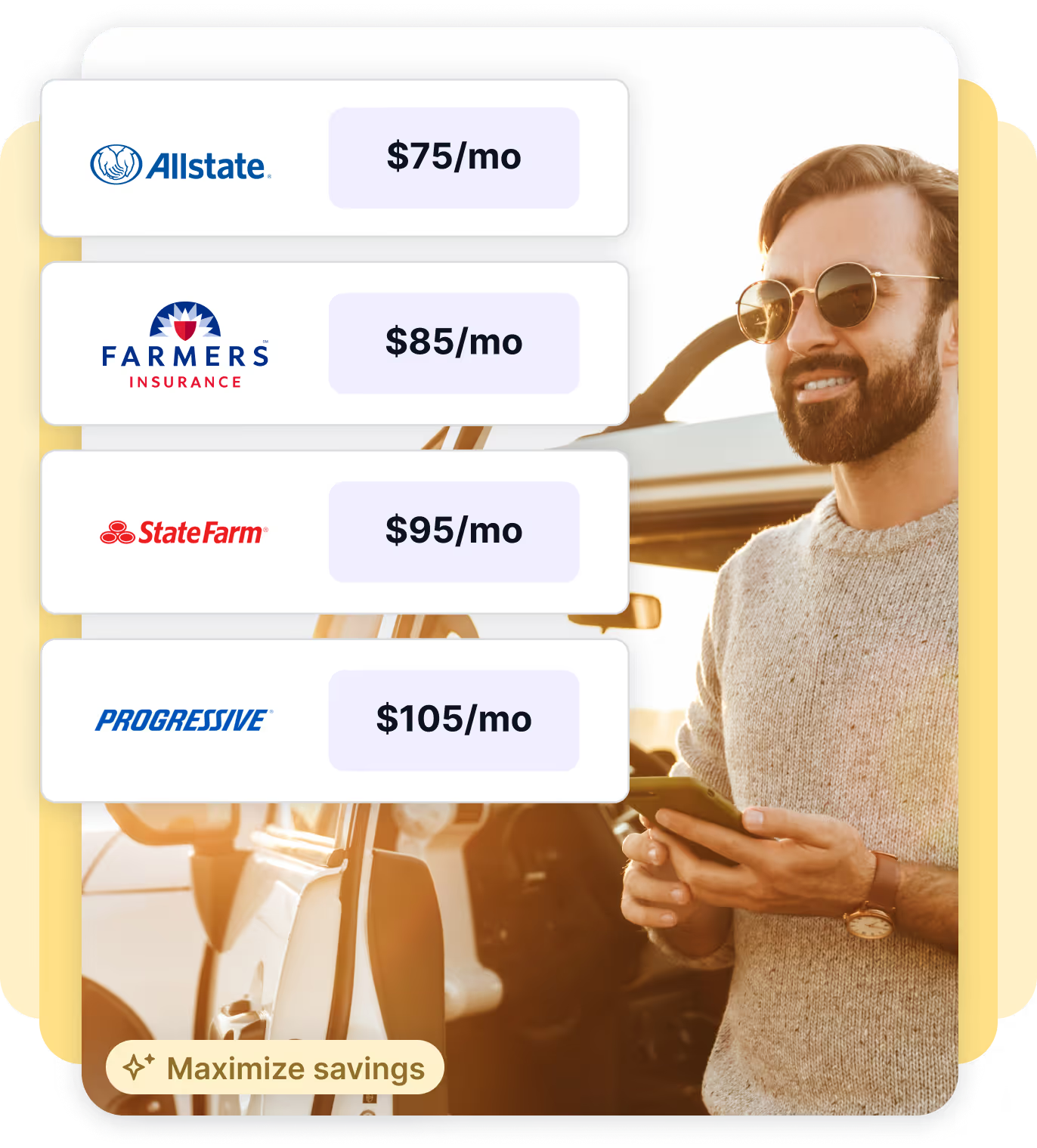
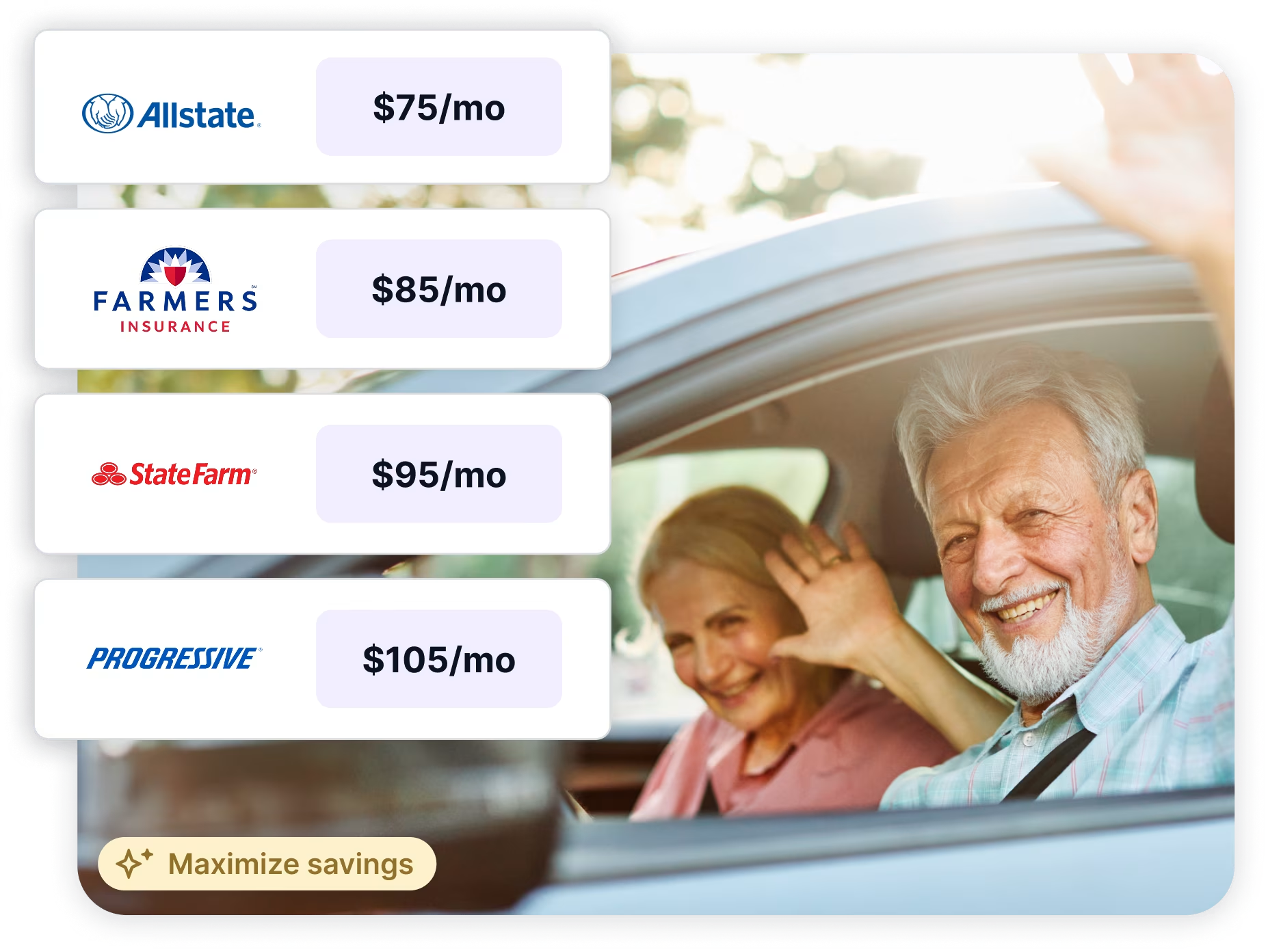


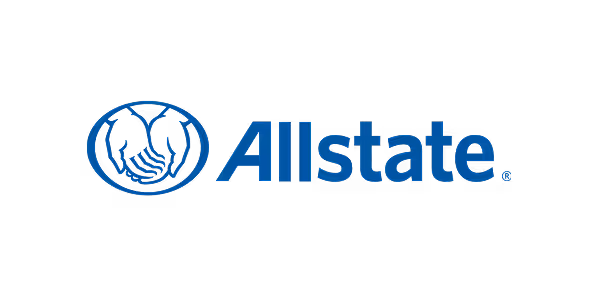
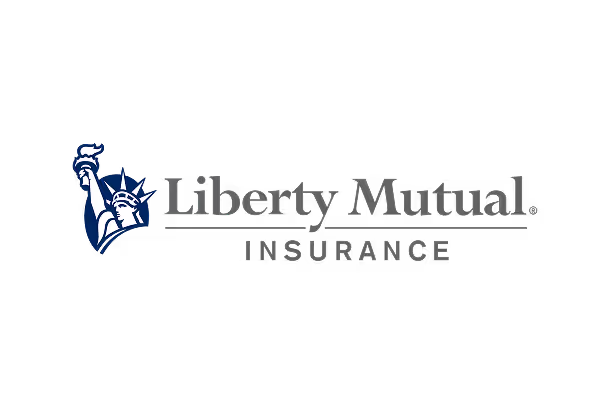


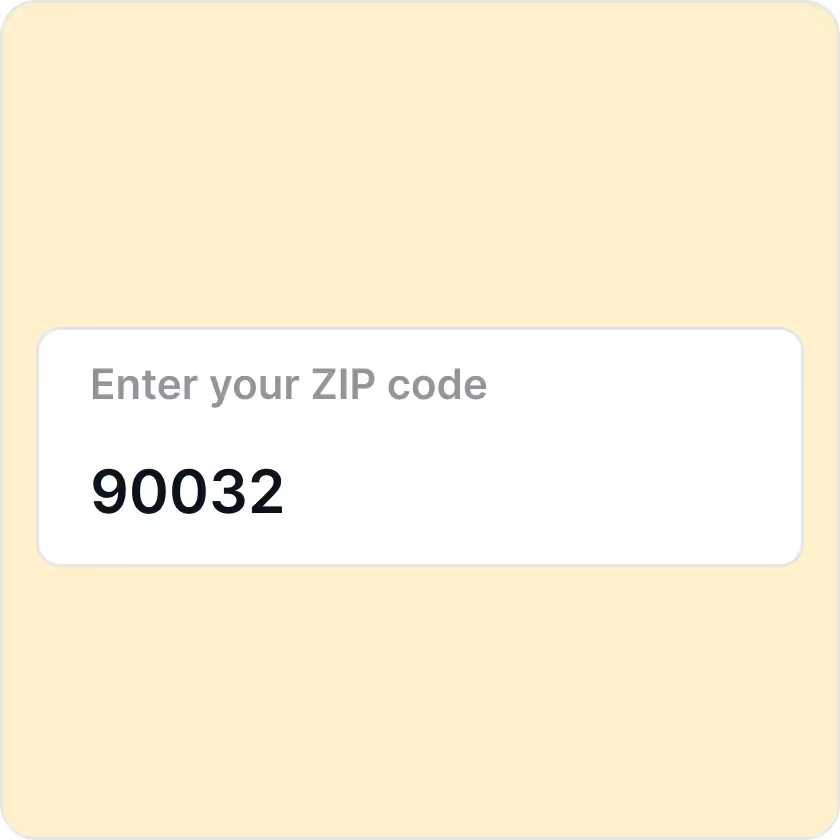
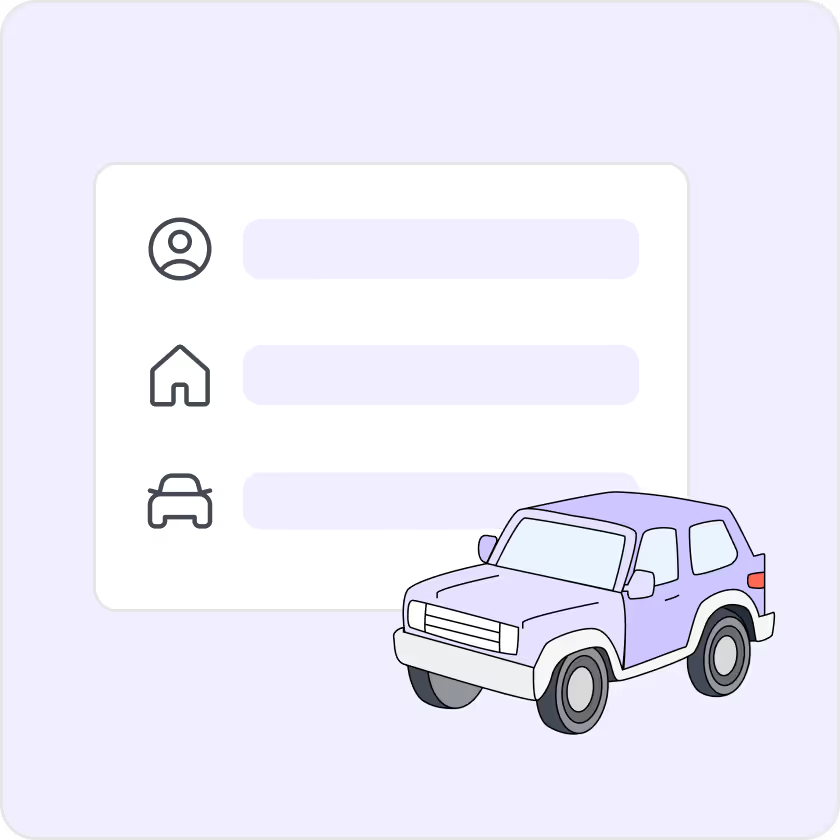
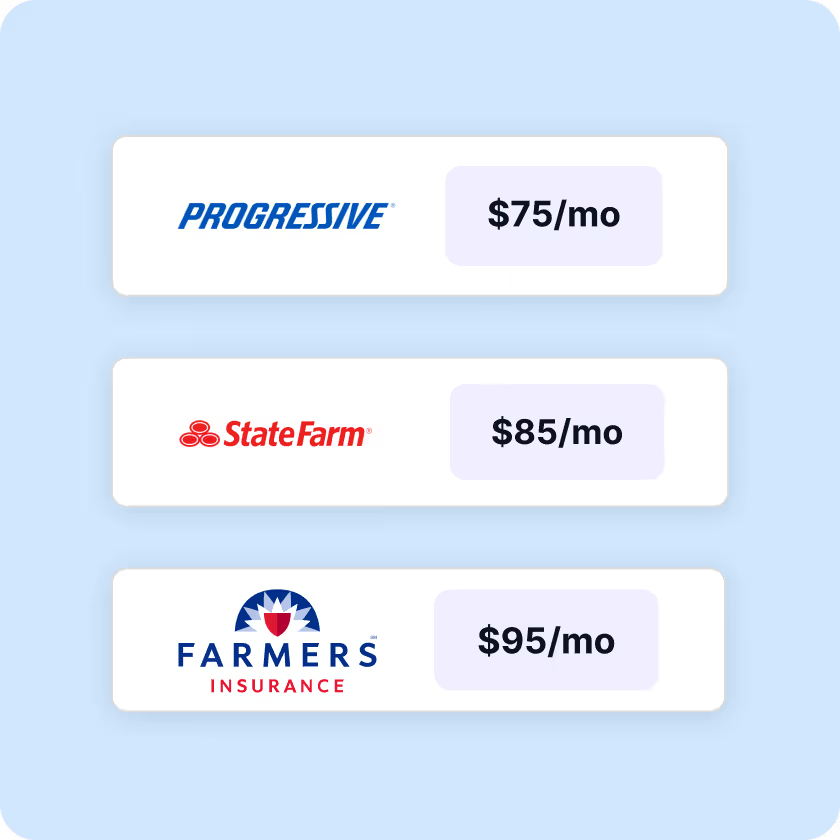
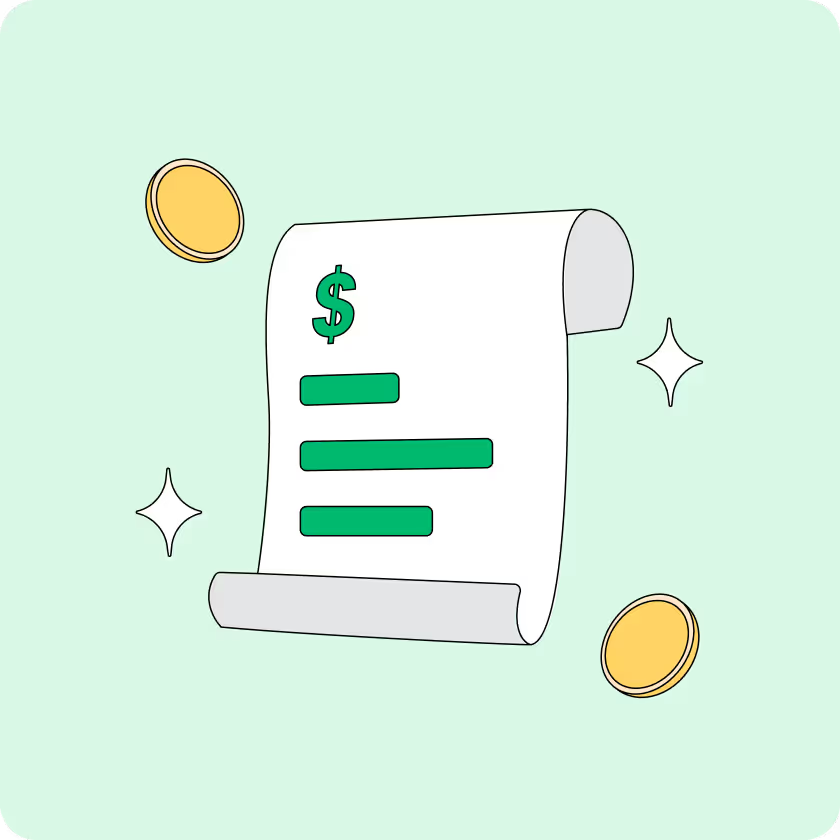

















.webp)
.webp)
.webp)
%20(1).webp)
.webp)
.webp)


.webp)